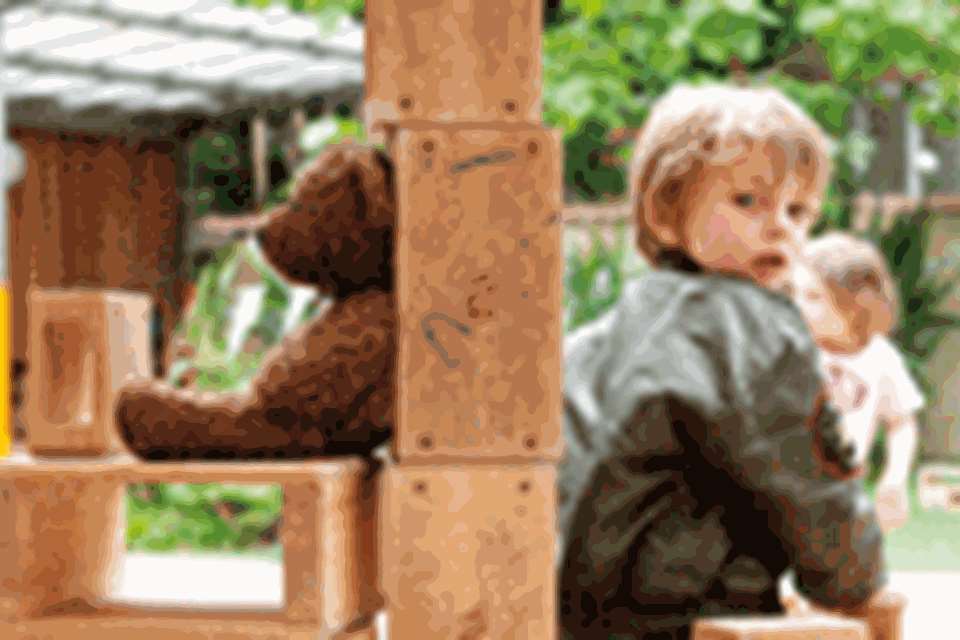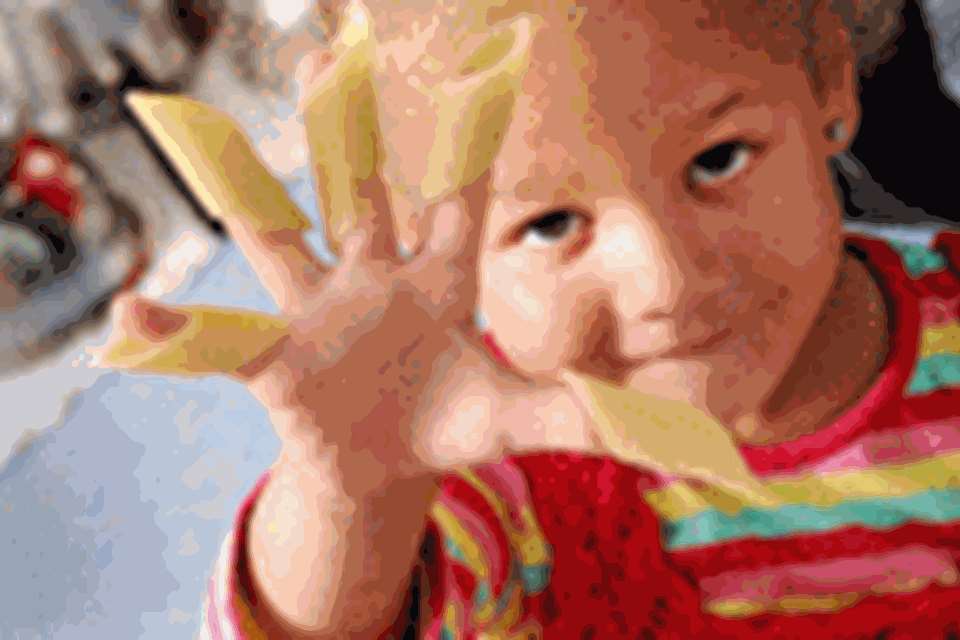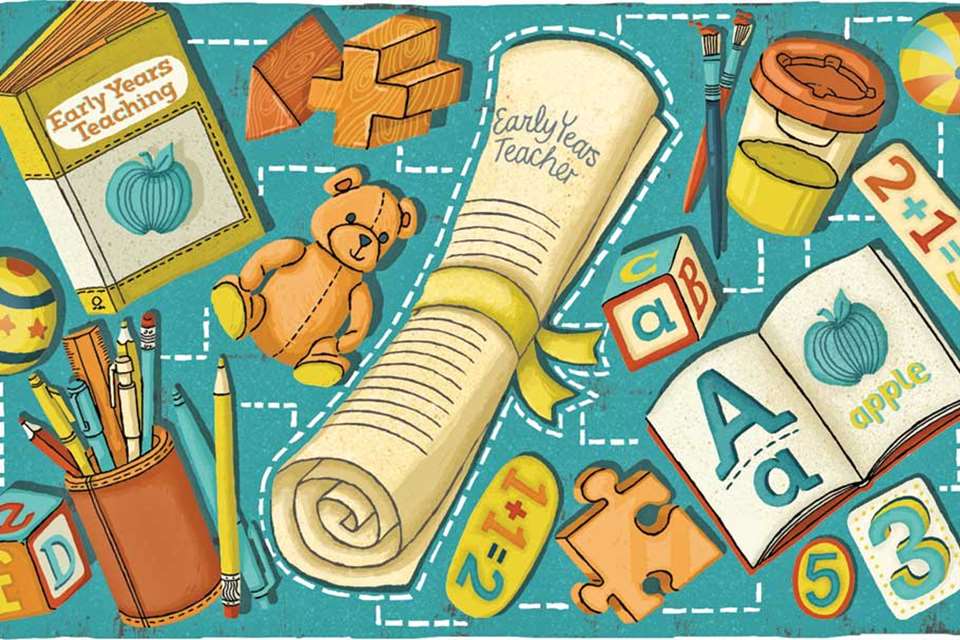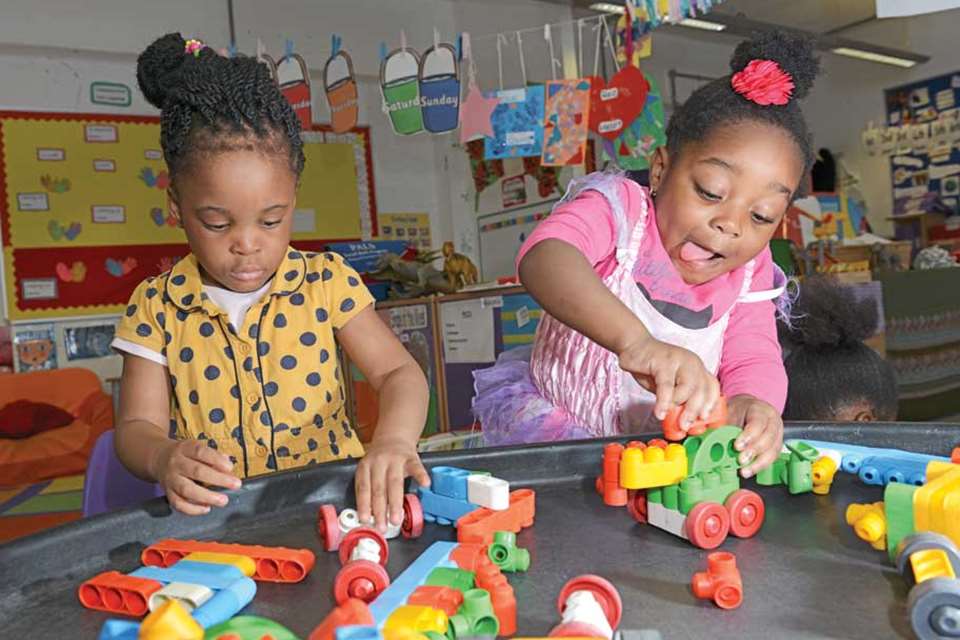Learning & Development: Observation - See here
Tina Bruce, Stella Louis and Georgie McCall
Monday, December 1, 2014
History, and the Child Study Movement in particular, can provide some important learning about observation and record keeping. Tina Bruce, Stella Louis and Georgie McCall offer some clarity on the main issues.
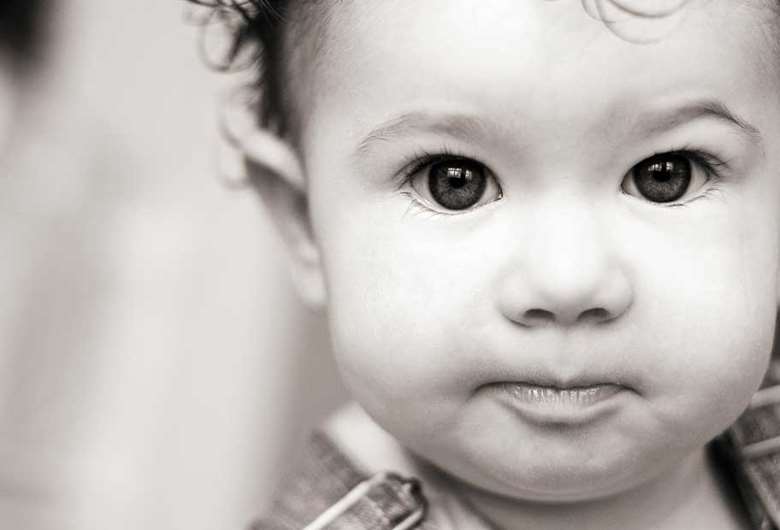
If we look back to the lessons that history can teach us these can prove powerful. The current debates about record-keeping are not new. They have raged on in one form or another at least since the middle of the 18th century. They have never been resolved, and we cannot expect to resolve them completely today.
However, we can try to see with clarity what the main issues have always been, and how people have tackled them. We can identify the principles that occur again and again in the keeping of good records.
Having identified these, we can then translate them in terms of the settings we work in today, and thus make good records, feel ownership of them, and have confidence in them.
Record-keeping is an integral part of our whole approach to working with young children and those close to them. It cannot be set apart from everything else that we do. Almost half a century ago, Almy (1975:227) stated: '... unless it helps teachers to capitalise on children's strength and support their weaknesses, such procedures had better be abandoned ... Records have value only to the extent that the staff put them to use in guiding and instructing children.'
THE CHILD STUDY MOVEMENT
Irwin and Bushnell (1980:23) suggest that three men contributed to the emergence of the Child Study Movement during a period spanning the 1870s to the 1950s: Charles Darwin (1809-1882), who published his observations of his son, Doddy, in 1877; Granville Stanley Hall (1844-1924), who founded the American Journal of Psychology and whose students included Dewey, Gessell and Terman; and Lawrence Kelso Frank (1890-1968), who administered the grants of the Spelman Rockefeller Memorial in the 1920s, which brought wide dissemination.
The home-based baby biographies written by parents such as Charles Darwin gave way to child studies written by professionals trained in observation and eager to analyse.
What we can learn from the Child Study Movement
1. When parents and professional workers join together, they make a powerful and constructive partnership. Parents have always been deeply involved in the development and learning of their children. They were among the first record keepers of their children's progress.
The Froebel Nursery Project (1972-1977), directed by Chris Athey, demonstrated that parents are hungry for help in this area, and deeply appreciative of it. Research by Hughes et al (1990) also echoed the fact that parents want to work closely with professionals and that they are not out to challenge. They wish to become informed together with the educators who work with their children and to share their children's progress with them in a spirit of partnership.
2. Being clear about our philosophy means that we can look at other theories critically and with interest. It is not the intention of this book to examine in detail the influence of behaviourist psychology theory on record keeping from the 1920s. Suffice to say that, overall, this has had the damaging impact of overvaluing unnatural settings and adult-led pre-structured tasks and introducing pre-structured record sheets.
Records of children were confined to those who could or could not manage to do what the adult's task required, and a 'sheep and goats' element began to creep in.
Chris Athey summed up this approach (1990:30): 'In programmes where the focus is on one-way transmission of information, teachers find it difficult to advance their knowledge of child development because so much time is taken up with the content to be transmitted.' The transmission of information approach contrasts with the view taken in this book that sees development as the motor for learning. It emphasises the child as an active learner rather than a passive receiver of knowledge.
3. We need to tease out the relationship between development and learning. If we do not do this, we shall not know how we want to work with children and their families, what our records are for, or how to make use of them. We want our records to have purpose and function, to help us provide in educationally worthwhile ways across the curriculum. Otherwise our records will not be worth the effort of writing and photographing.
Development is about the general situations in which children function spontaneously. It is the engine that drives children to learn. Matthew, at two years old, can run and jump, but he can't hop or skip. He loves to run across open spaces, and to jump to music. Learning is not spontaneous. It is sparked by another person or by a situation. Learning is provoked, and limited to the particular situation, moment or specific problem to be tackled. Matthew is taken to a gymnasium and invited to run. He is taken to a country field where running is more of a problem on a less even surface, having developed the ability to run and jump on an inflatable castle, a specific situation with particular problems.
Most of the learning children do happens as they develop. We don't even notice that they are learning. It is one of nature's safety mechanisms. It is actually difficult to stop children learning providing they are with people who encourage their general development - that is, providing it is known that two-year-olds love to run and jump because developmentally that is what two-year-olds need to do.
4. We need to look at the implications of being trained observers and recorders of children's development and learning. Baby biographies of the 18th century did not help adults in planning and organising the next steps in learning. They accentuated past achievements, milestones in development and growing points.
By contrast the Child Study Movement emphasised the use, purpose and function of observation and recording. Adults were not only to observe and support children's development, they were also to extend this by helping children to learn.
5. We need to consider how much we should pre-structure what we shall observe. If we don't, how will we know what to record? Sinn, quoted by Navarra (1995), who made a child study in 1894, wrote of the importance of observing and recording what a child does in a natural setting, since what the child does is meaningless and trivial until it is illuminated by some other action days or weeks after; bits of the mosaic have to be fitted together before it is intelligible.
In the 1930s, Susan Isaacs also stressed that it was the child's spontaneous interests, feeling and intellectual life that were significant and worthy of recording. When we begin to pre-structure and manipulate the situation, asking children to perform certain tasks so that we can observe and record them on a prepared form, we shall miss most of the vital information we need to help them learn. A book which was widely read, based on the research of Bennett and Kell (1989:31), stated that there is '... a tendency among teachers to limit their assessment to the products of children's work. Rarely did they attempt to ascertain the processes or strategies employed by children in coming to their finished product.'
6. Narrative records seem to be the most useful for early childhood educators. Lesley Webb (1975) emphasises the dangers of deciding in advance precisely what ought to be recorded; as she says, children often don't behave or function as they ought. What we would like children to know is often different to what they really know. Narrative records keep emphasising strengths, while pre-structured record forms can quickly lead to a focus on weakness, failure and 'can't do'.
7. If you want to get ahead, get a theory. Our observations and records, whether we like it or not, will be using our own pet theories. It is best if we know what they are. This was true in the Froebel Blockplay Research Project (1987-1990), which was influenced partly by the work of Chris Athey and the inter-actionist theories of Piaget, Vygotsky and Bruner. It is possible to look at the classic study of children's blockplay at Bank Street College in the 1930s and interpret Athey's records in the light of Piagetian schemas and see patterns in what children do. Similarly, the records made by Susan Isaacs in the 1930s at the Malting House School can also be interpreted in this way.
All of these records have something in common. They are narrative records using words, diagrams, tape recordings and photography to gather on-the-spot information that can later used, reflected on, and focused in different ways. This kind of record gives a wealth of information that helps us look backwards or be in the present and to move forwards for reach child. These records have a purpose and function. They are useful to us in a variety of ways.
8. We need to be scientific rather than pseudo-scientific when we keep records. In a BBC Horizon interview (1981) Richard Feynman, the Nobel Prize-winning physicist, was clear that it was premature to try to impose on education the kind of measurement and recording techniques used in advanced physics. His reasoning was that it is much more difficult to accumulate and analyse real and useful information about children developing and learning than it is to study the atom (Bruce 1991).
This is an edited extract from 'What works in observation and record-keeping?' from Observing Young Children by Tina Bruce, Stella Louise and Georgie McCall
READER OFFER
 Observing Young Children by Tina Bruce, Stella Louis and Georgie McCall (Sage Publications, paperback, £19.99) is a timely book, looking at the importance of observation and effective assessment in early years practice.
Observing Young Children by Tina Bruce, Stella Louis and Georgie McCall (Sage Publications, paperback, £19.99) is a timely book, looking at the importance of observation and effective assessment in early years practice.
Through case studies, the book examines different observation techniques, looking at their strengths, drawbacks and use in everyday practice.
Nursery World readers qualify for a 20 per cent discount on the title. Simply enter the discount code UK14RE20 at checkout when ordering online at www.sagepub.co.uk. The offer is valid until 31 January 2015.


